Lejonklou Sagatun and Tundra mono and stereo pre- and power amps
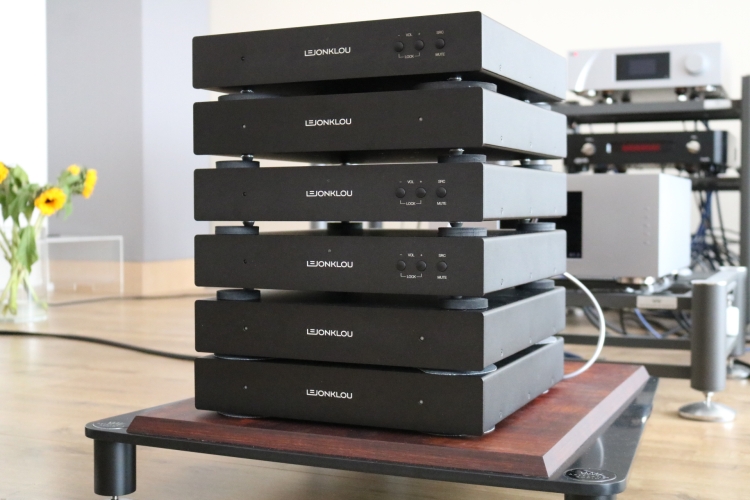
At 2x 24 watts into 8 ohms, the Tundra is not very powerful by current standards. The manual states that the amp can drive almost any loudspeaker, just not to any level. I started my listening with the resident Martin Logan ESL15A electrostatics speakers that are easy to drive but do have a nasty impedance drop that actually upsets most tube amplifiers. The Tundra, however, fared just perfectly well. In addition, I also used Kroma Audio Carmens, Paradigm Persona B monitors and a range of Graham Audio loudspeakers for further comparisons. Other amplifiers that were available for cross-comparison besides the resident CH Precision A1.5 were the Electrocompaniet AW180 and AW600 Nemo monoblocks and the Bryston 4B and 14B Cubed.
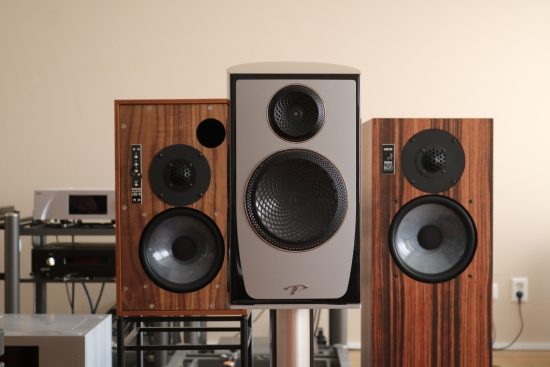
Listening
Coming from the CH Precision C1 DAC and A1.5 amplifier and changing the latter to the Lejonklou Tundra stereo power amp set up on the Artesania Modular Rack, I’m greeted with a highly refined and very natural sound with a smooth and rich tonality. Slightly darker from the midrange up, less explicit than the CH and not quite as razor-sharp, the levels of detail and treble air were still remarkably good, better than I find with the average other amplifiers, including the Electrocompaniets and the Brystons. Actually, the Lejonklou sound reminds me in many ways of the classic class A/B Jeff Rowland sound: utterly detailed but sweet and emotionally captivating and never offensive. Given the large price difference, that is quite an achievement.
The bass is slightly round but nevertheless speedy and well-proportioned. Here I was, expecting a lean and gray sound, based on, what, exactly? Well, based on their switching power supplies and their small and lightweight enclosures, I guess. But appearances can be deceptive… Instead, the Lejonklou Tundra is an utterly grain-free, smooth, and highly refined amp that gets closer to my transparency ideal than I would expect considering its modest price point. How I love to be wrong!
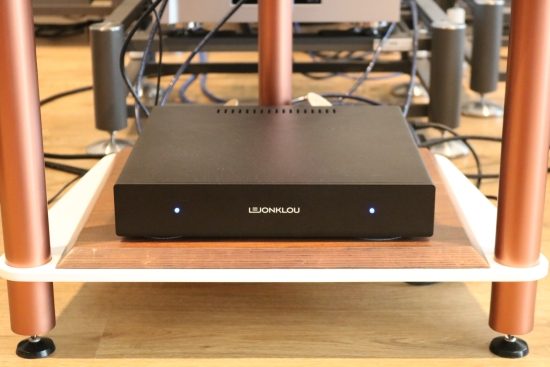
Adding the Lejonklou Sagatun stereo preamp in normal mode (inputs selectable), while retaining the C1 DAC switched to fixed volume, the sound does not become soft and mushy, rather the inverse! First, the bass firms up. It’s not only more solid but also still well-defined and well-paced and the entire delivery also gains more presence, while retaining the overall feeling of refinement. It isn’t an improvement across the board, though, and how could it be? Many manufacturers claim it and I’ve felt that some came close but I’ve yet to encounter the first analog preamp that is truly entirely transparent to the source. The best preamp that I heard so far is the Jeff Rowland Corus + PSU but, on balance, even that super-esoteric product could not keep me from removing the preamp from the chain entirely and going DAC-direct. Of course, the C1 is one of only a handful of DACs that are truly so great as to allow this without penalties in other fields, but anyway, let’s get back to the Lejonklou preamp. What’s lost, compared to the DAC-direct route, is a measure of Retina-like fluid crispness and precision – call it micro-resolution. But still, the sound is highly refined. In my book, resolution is not necessarily the same as refinement because the former can also lead to a dry and matter-of-fact sound while the latter can also describe a sound that is very gentle and fluid even if not particularly well-defined. Either way, the Lejonklou Sagatun preamp is clearly working highly synergistically with the Tundra power amp, in this case making for a subjectively better-balanced and more powerful delivery than via the DAC-direct route.
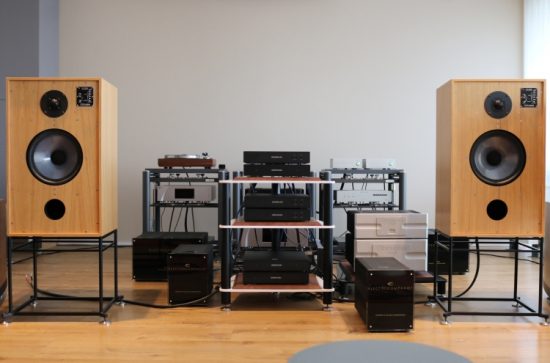
As mentioned the preamp has traditional inputs as well as a Single Source direct input. This requires using physically different connectors on the preamp’s input- and output side which has the consequence that the other inputs cannot be used. But then, many systems have only one source so that may not be the sacrifice that it seems to be. Not really knowing what to expect I switched the cables and lo and behold – this brought back a significant portion of the crispness and precision that were reduced when the preamp was added to the signal path! Connected this way, a small impact on the DAC’s transparency can still be heard but now it really is minimal. And, as I mentioned, no preamp that I heard so far, is totally transparent. Fredrik clearly is on to something here! Since the difference in sound was so profound, I chose to only use this input for the remainder of the review.
Moreover, just as with the power amp, the Lejonklou preamp reminds me of the classic Jeff Rowland sound, in this case specifically the Synergy 2i. I’ve not got that preamp at hand for a direct comparison but I’d swear that the Lejonklou has a similarly smooth and refined delivery but is faster in the bass.
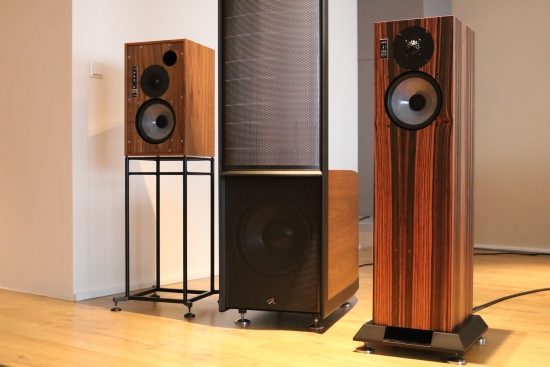
Speaker- and component pairing
Changing from the C1 to an analog source in the shape of the Linn LP12 connected to the Lejonklou Slipsik MM phono preamp, the sound is again refined and very natural but sweeter and even more relaxed. I hate to repeat myself but, again, I felt that the sound reminded me of a classic Jeff Rowland component, in this case, the Cadence phono stage.
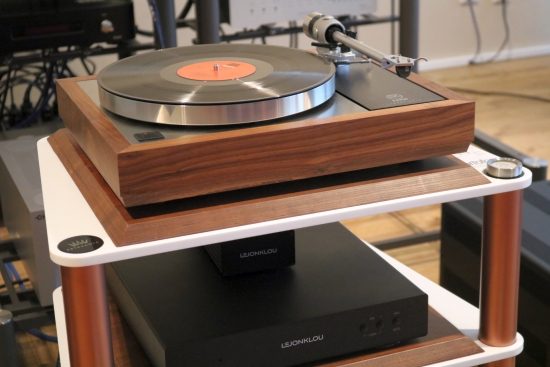
While beautifully saturated, entirely free from edge and flowing entirely freely I also feel that, with the Graham speakers and with some music, the sound can be too relaxed and lacking PRaT. Switching to the Schiit Mani in this case made for a subjectively speedier and more articulate delivery but at the expense of the sound also becoming considerably soberer and drier. Of course, one can’t expect too much from a 129-euro phono stage and indeed the Lejonklou Slipsik makes a very clear case for spending the extra amount. But one should be aware that this phono stage sounds very relaxed and it may not be the ideal partner if the turntable/arm/cartridge combination, as well as the speakers, already sound very relaxed themselves.
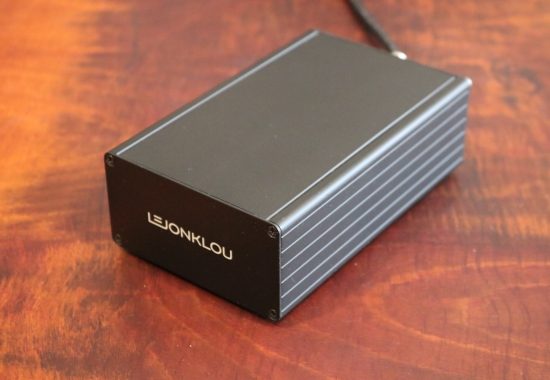
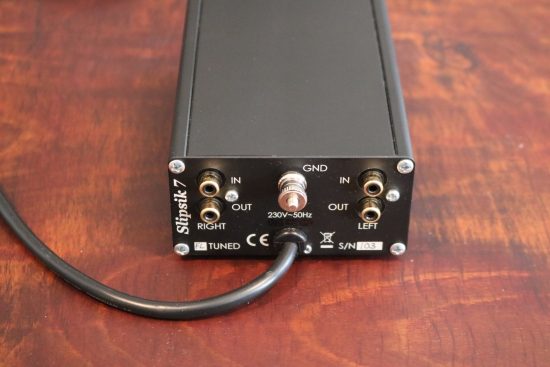
With the very lively and arguably relatively lean-sounding Thorens TD160 or TD125 with standard TP-92 arms and the Audio Technica AT150mlx, however, the Slipsik combined absolutely wonderfully. And when using the Paradigms or the Martin Logans, the LP12-Slipsik match was also great. In any event, when well-matched, either with a digital or analog source, the Lejonklous always convey the musical message and in such a fluid and non-grainy way that it becomes very easy to relax and sink into the music.
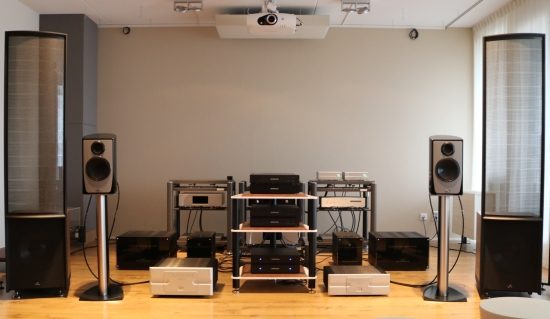
Although the Lejonklou amps are specified to not be used with speakers under 4 ohms, as mentioned earlier, they worked surprisingly well with the ESL15A’s. In spite of their active bass units, with a minimum impedance of 0.5 ohms at 20kHz, they can sound overly rounded and soft with some amps, especially tube amps. While not achieving CH-levels of tightness and articulation, the Lejonklou’s managed just fine. But with the Paradigm Persona B’s, the Lejonklou’s absolutely come into their own. These speakers are extremely coherent and transparent and they showcased perfectly just how well-resolved and super-refined the Lejonklou products are. It is with this pairing that I spent the most time and I have to say that, even if I am used to using much more esoteric equipment, this pairing I could absolutely live with.
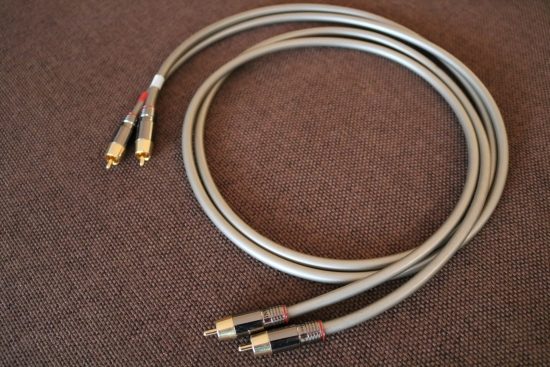
Interlinks and speaker cables
All listening has been done using very neutral Siltech Paris MXT interlinks and Jorma Design Trinity speaker cables. Once all my impressions had been gathered, I also listened to the Lejonklou’s using Linn Silver “analogue interconnect” interlinks as well as Lejonklou speaker cables that are based on a solid core Linn design. Rather surprisingly, while there were differences in character, the Linn interlinks provided a wider soundstage and airier treble and the Siltechs the tightest sound with the most solid bass, I found that, in terms of musical satisfaction, the Lejonklou’s work pretty much equally well with both interlinks.
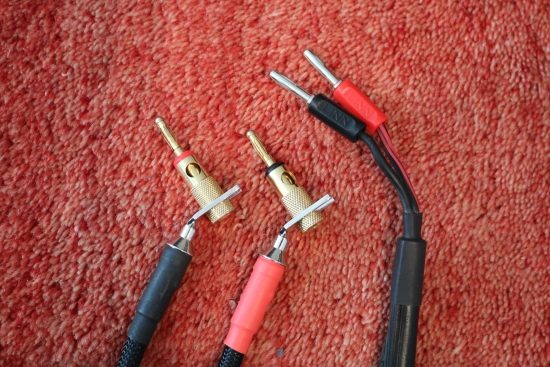
Because the Lejonklou amps only facilitate bananas and my favorite speaker cables, the Jorma Trinity, have spades, I had to resort to adapter connectors. In order to create a level playing field, I used these adapters with all the other amps as well, so that they all had to deal with the same obstruction. While these adapters have proven to have a negative impact, mostly in terms of reducing the naturalness and adding an edge, I was still amazed at how great the Lejonklou’s sounded. At some point, I switched to a (no longer available) Lejonklou-modified Linn K400 speaker cable with banana connectors, as recommended by Lejonklou when it was still manufactured. The Lejonklou speaker cable provided a very different perspective. On the one hand, its delivery was more solid and concrete, on the other, it was darker, less articulate, and less refined than the Jorma. Between these two, the Lejonklou cable was more impactful and had a more acoustically convincing timbre. Otherwise, I found the Jorma to be better, in spite of the spade/banana adapters. Especially the transparency and resolution, and the articulation in the bass, the ability to follow bass notes, was better with the Jorma.
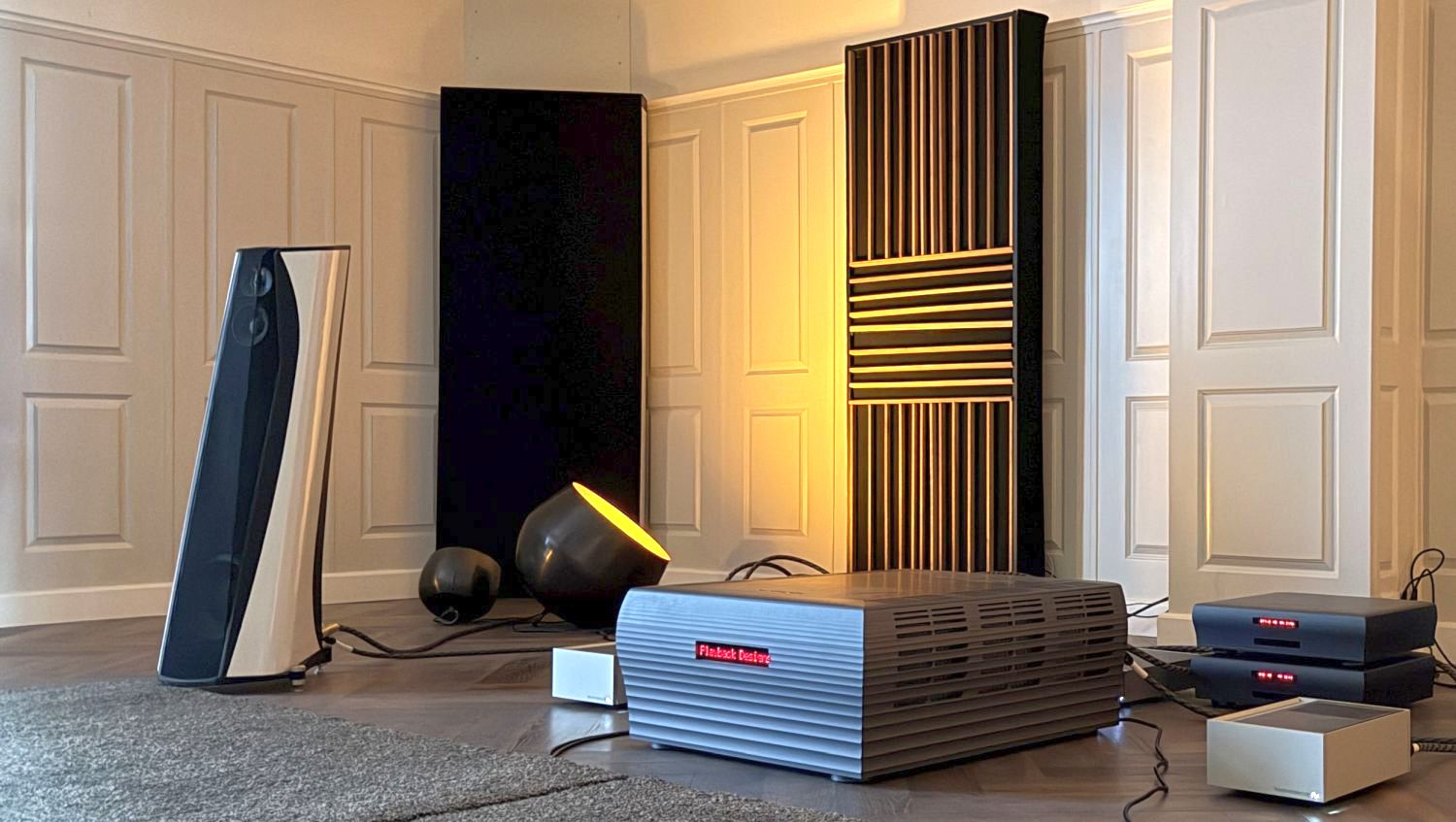

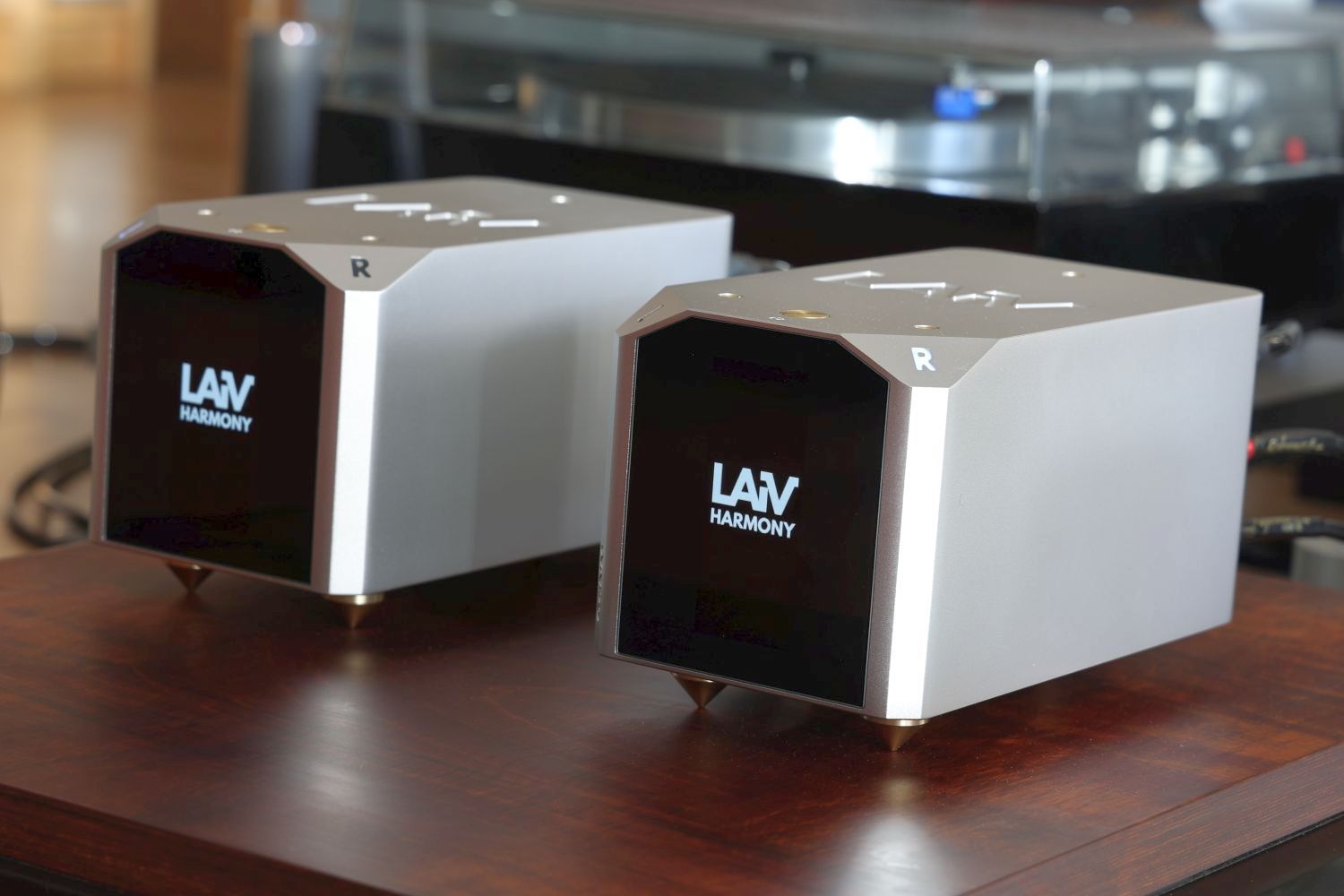
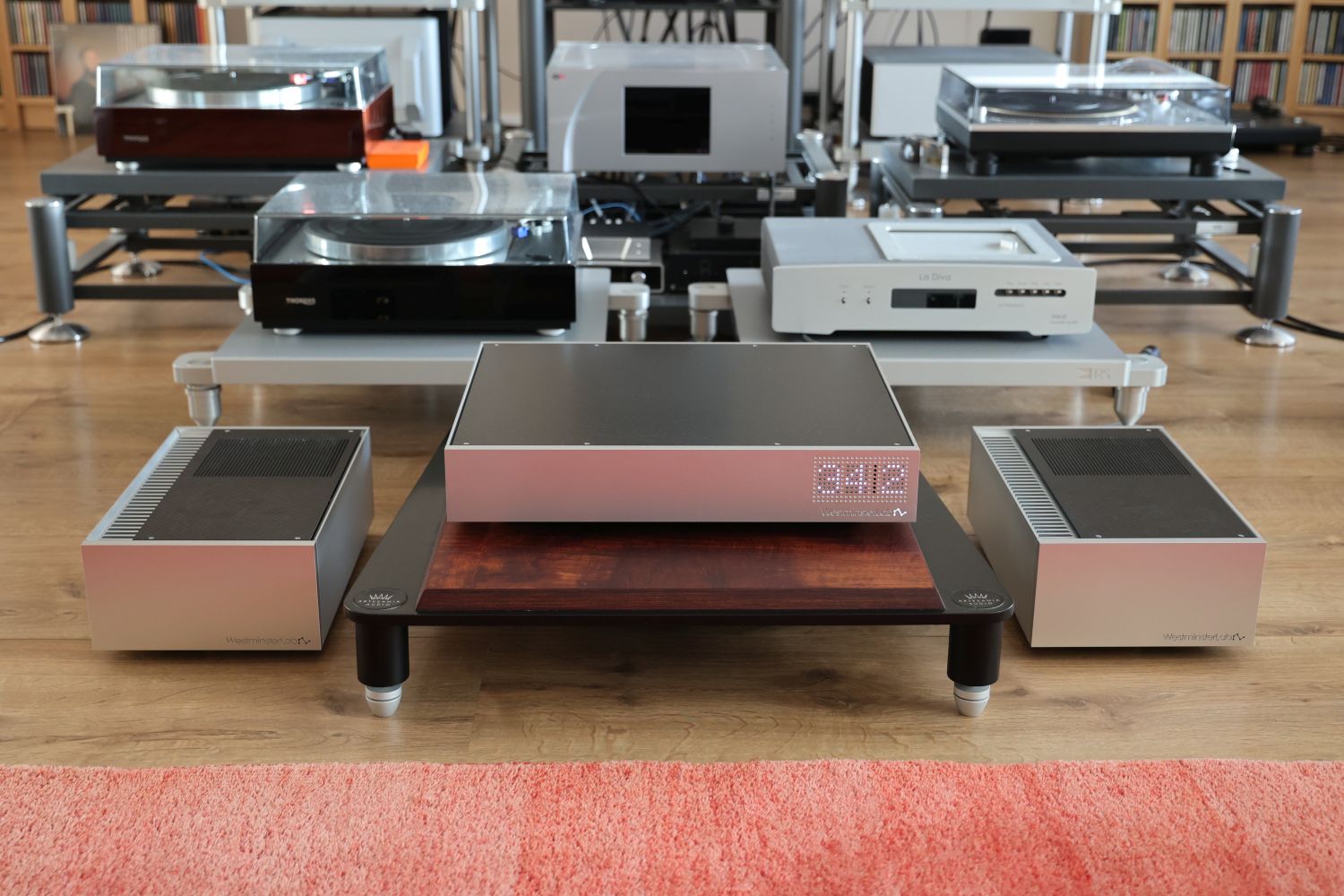
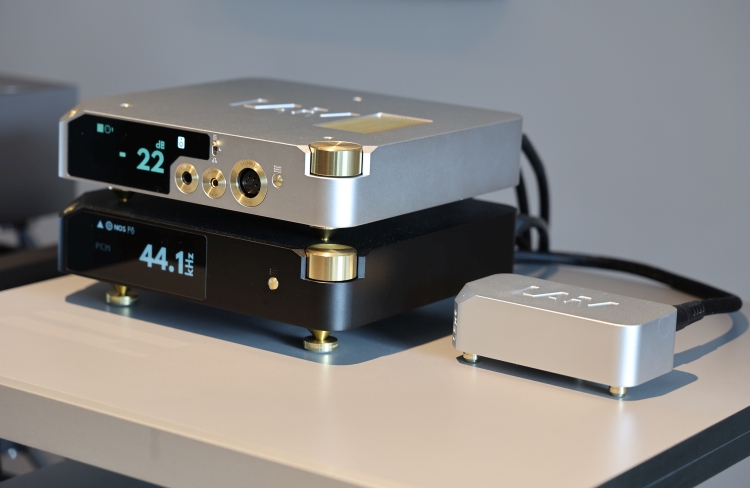
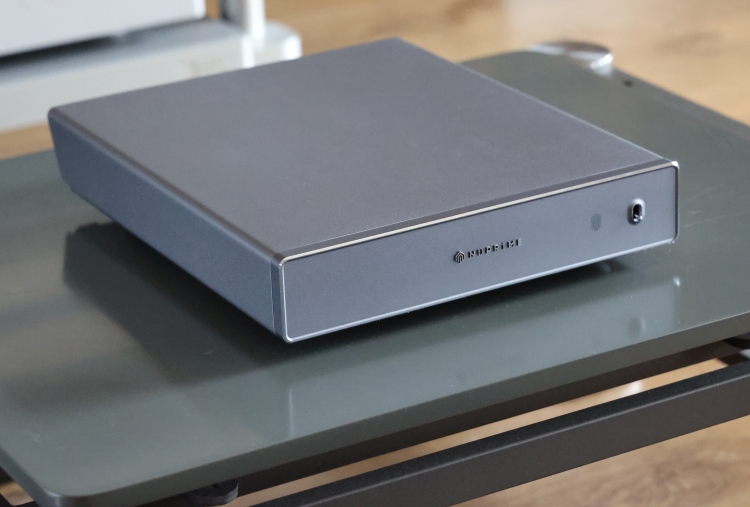
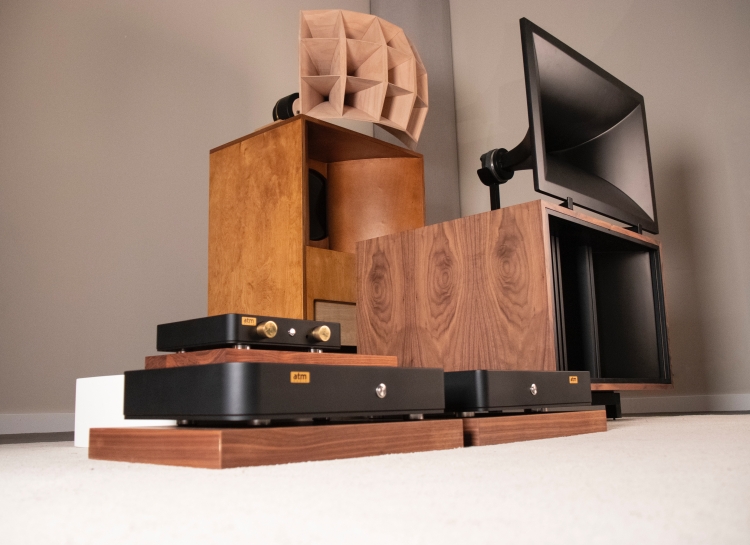
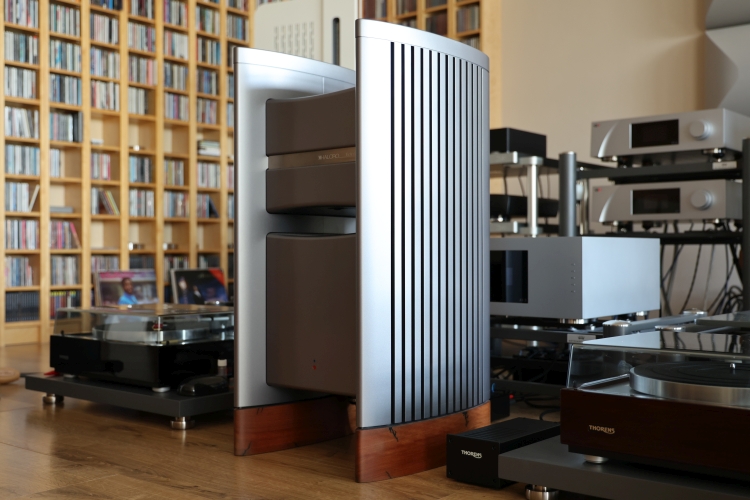
Great review. Based on their price point it would be interesting comparing the Lejonklou Tundra stereo vs. the Nuprime ST-10 and the Lejonklou Slipsik 7 vs. the SW1X LPU 1.
Hi Ilan, you’re totally right. Alas, a comparison can no longer be done but I can tell you that the NuPrime sounds 100% different from the Tundra. These are polar opposites. Where the Tundra is sweet, refined and ultra-gentle, the ST-10 is rough, bold and sonorous. Each amp does have its specific strong points, though, so it depends on the application which is considered best.
Excellent review. Really conveyed what we as potential buyers can expect from these components.